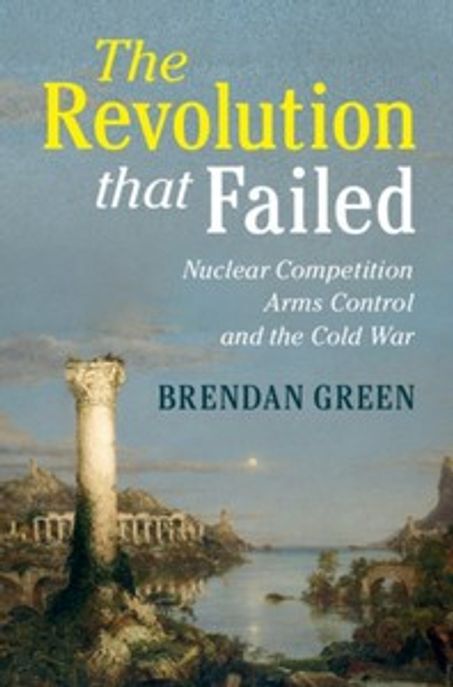
How rivalries end
- 발행사항
- Philadelphia: University of Pennsylvania Press, 2013
- 형태사항
- 274p. : ill; 24cm
- ISBN
- 9780812244984 (hardcover : alk. paper)
- 청구기호
- 327.1 R111h
소장정보
| 위치 | 등록번호 | 청구기호 / 출력 | 상태 | 반납예정일 |
|---|---|---|---|---|
이용 가능 (1) | ||||
| 1자료실 | 00016360 | 대출가능 | - | |
- 등록번호
- 00016360
- 상태/반납예정일
- 대출가능
- -
- 위치/청구기호(출력)
- 1자료실
책 소개
Rivalry between nations has a long and sometimes bloody history. Not all political opposition culminates in war--the rivalry between the United States and the Soviet Union is one example--but in most cases competition between nations and peoples for resources and strategic advantage does lead to violence: nearly 80 percent of the wars fought since 1816 were sparked by contention between rival nations. Long-term discord is a global concern, since competing states may drag allies into their conflict or threaten to use weapons of mass destruction. <i>How Rivalries End</i> is a study of how such rivalries take root and flourish and particularly how some dissipate over time without recourse to war.
Political scientists Karen Rasler, William R. Thompson, and Sumit Ganguly examine ten political hot spots, stretching from Egypt and Israel to the two Koreas, where crises and military confrontations have occurred over the last seven decades. Through exacting analysis of thirty-two attempts to deescalate strategic rivalries, they reveal a pattern in successful conflict resolutions: shocks that overcome foreign policy inertia; changes in perceptions of the adversary's competitiveness or threat; positive responses to conciliatory signals; and continuing effort to avoid conflict after hostilities cease. <i>How Rivalries End</i> significantly contributes to our understanding why protracted conflicts sometimes deescalate and even terminate without resort to war.



